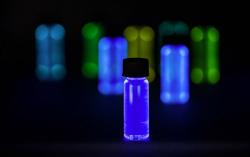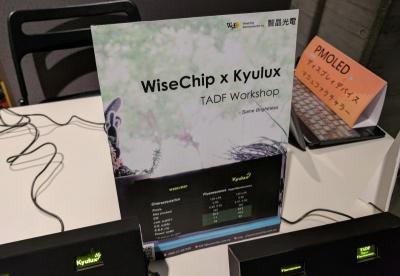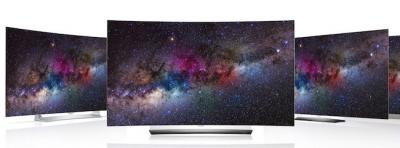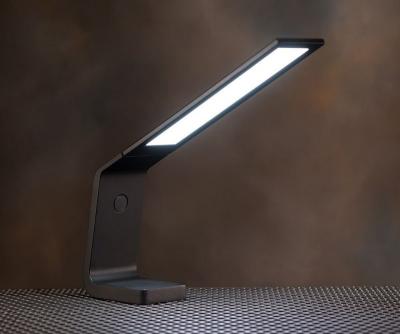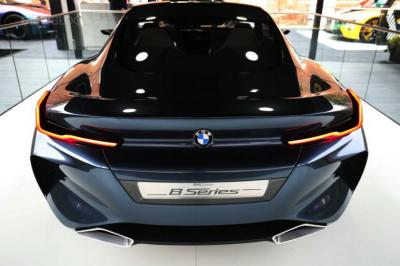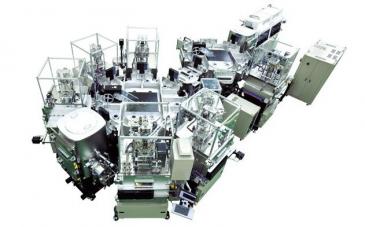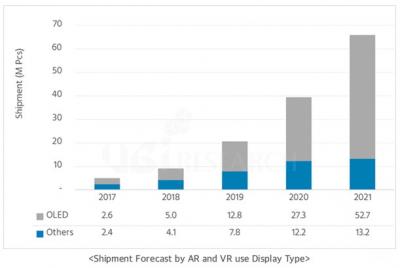IHS: flexible OLED capacity to almost double each year until 2020, leading to potential oversupply
IHS estimates that flexible OLED production capacity is set to increase from 1.5 million square meters to 20.1 million square meters between 2016 and 2020. That's a compound annual growth rate of 91%!
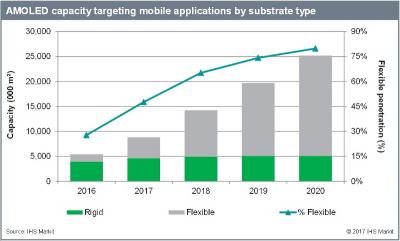
IHS says that almost all new small-sized displays OLED capacity added in the future will be used to produce flexible OLEDs, which will grow the market share of flexible OLEDs for mobile applications from 28% today to 80% by 2020. In the years between 2016 to 2020, OLED producers in China, Korea and Japan will build the equivalent of 46 new flexible AMOLED fabs (each with 30,000 monthly substrates).


